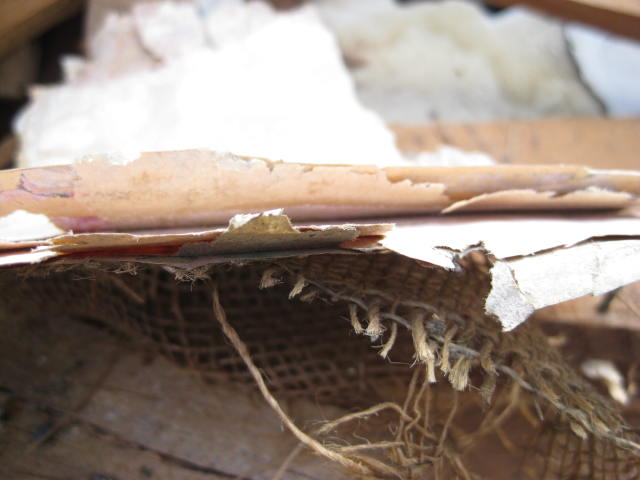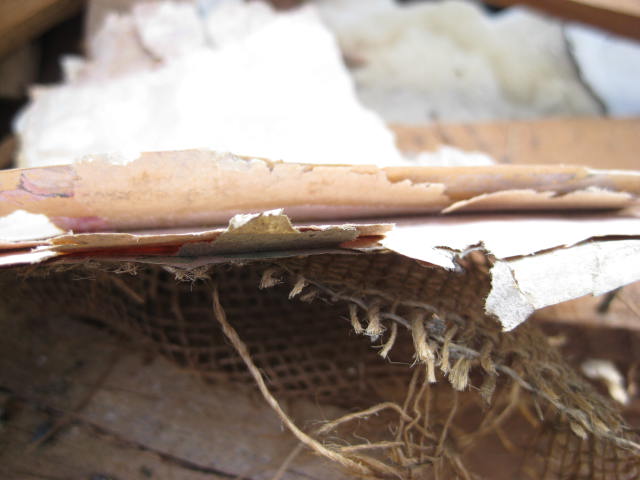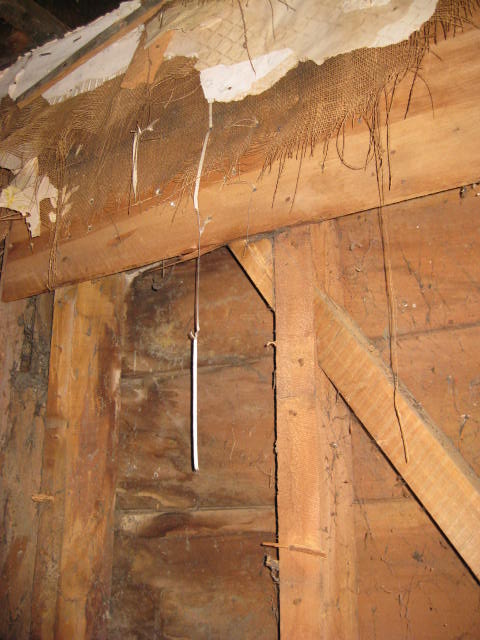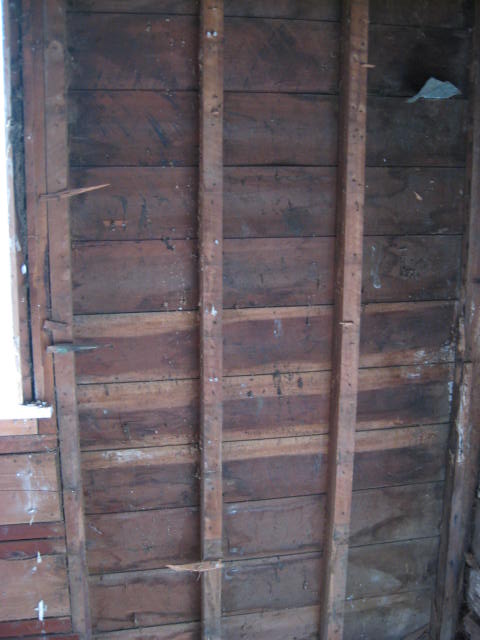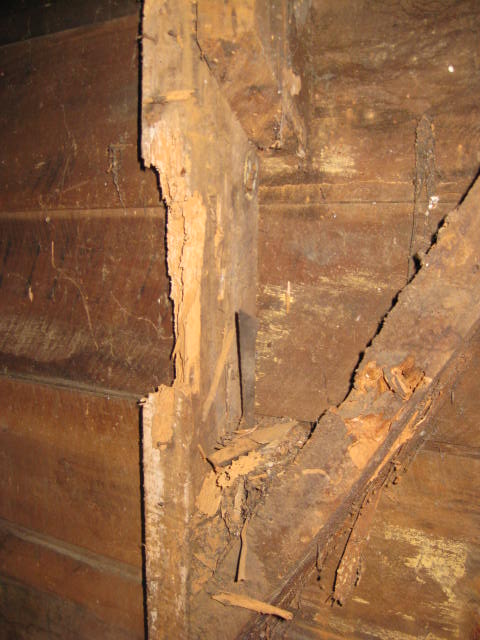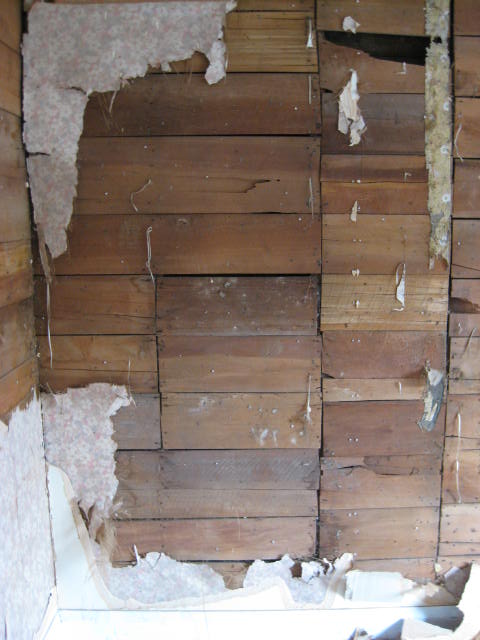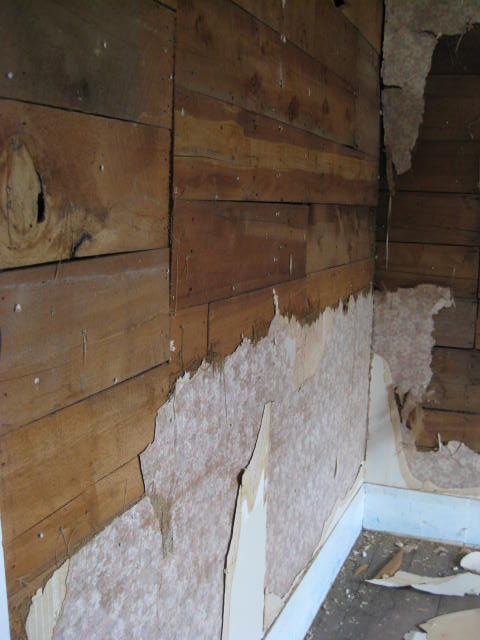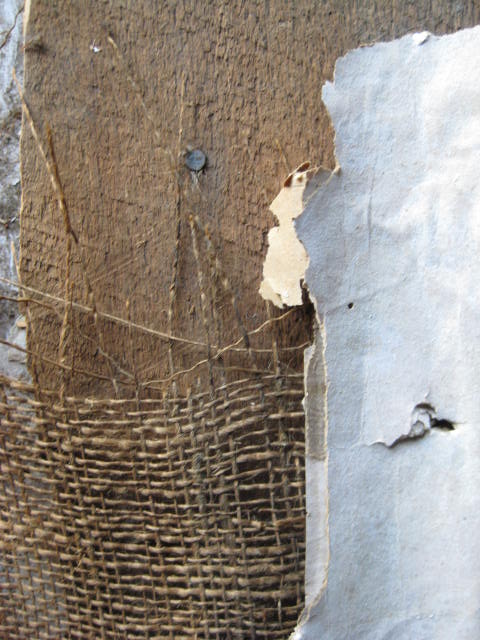House Buying Advice – My Propertytoolbox Top Five
Written by Claire on . Posted in House Buying Information
The Propertytoolbox Blog has been full of great stuff this year. I have my own personal favourites and I thought I would share them with you. These articles were ones that I thought had some really helpful and useful information – giving you some key knowledge that could help you to make good house buying decisions! And that is, after all, what we are all about here at Propertytoolbox.
My Propertytoolbox Top Five
1. Scrim and Sarking.
This 4 part series of articles was packed full of information on Scrim and Sarking (a common wall lining in NZ houses). We started with explaining what Scrim and Sarking is and how to identify it. Then we went on to discuss why you need to think about replacing Scrim & Sarking wall linings. This article was followed by one on re-gibbing and what that involves and then finally on to the cost of replacing Scrim and Sarking wall linings. The series had some fantastic photos too, this was my favourite photo of the year.
2. The OCR
The OCR (Official Cash Rate) is an important part of your life when you have a mortgage – and it really helps to understand what it is about when you are deciding about fixing or floating your home loan. Our article ‘The OCR and Your Home Loan Interest Rate’ talks all about it – so have a read and maybe the OCR will not longer be a mystery!
3. Viewing a House – 10 Quick Checks
The advice in this article could save you a lot of time and energy! In it we list 10 quick visual checks you can do when you go to view a house. These few checks can give you some insight into things that you may have missed otherwise and may only come to light at future viewing or even in a building inspection as part of an offer.
4. Costs of Home Ownership
Sometimes only the full impact of the financial commitment of home ownership becomes clear when it is too late. This explains all, and may highlight things/costs you haven’t even thought of. It always pays to make any house buying decision fully informed so this article ‘House Maintenance Budget? Costs of Home Ownership’ is a must read.
5. Property Valuation
So you want a property valuer? How about a website that profiles your local property valuers allowing you to compare, choose and contact them? Propertyvaluationnz.co.nz does all that! Propertyvaluationnz.co.nz was launched by Propertytoolbox this year and I think it provides an awesome service for home buyers in NZ – find out more about it in the Blog article ‘Property Valuation NZ – Helping You Find a Property Valuer’.
So there you have my top five. Over the next few weeks we will be going over more of our ‘Best Bits’ from the Propertytoolbox Blog for this year. Do you want more great house buying information right now? Head straight to our house buying guide.



